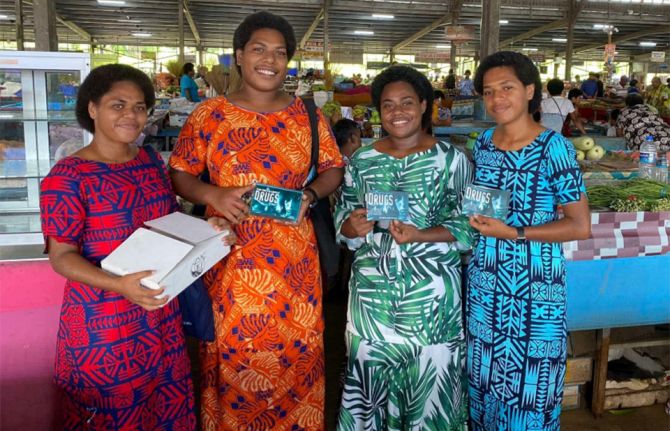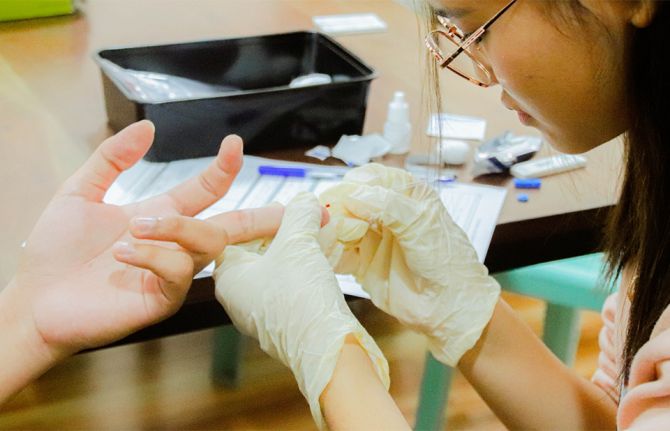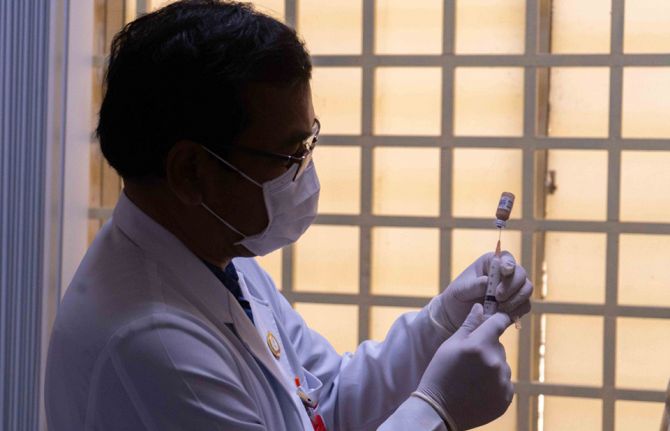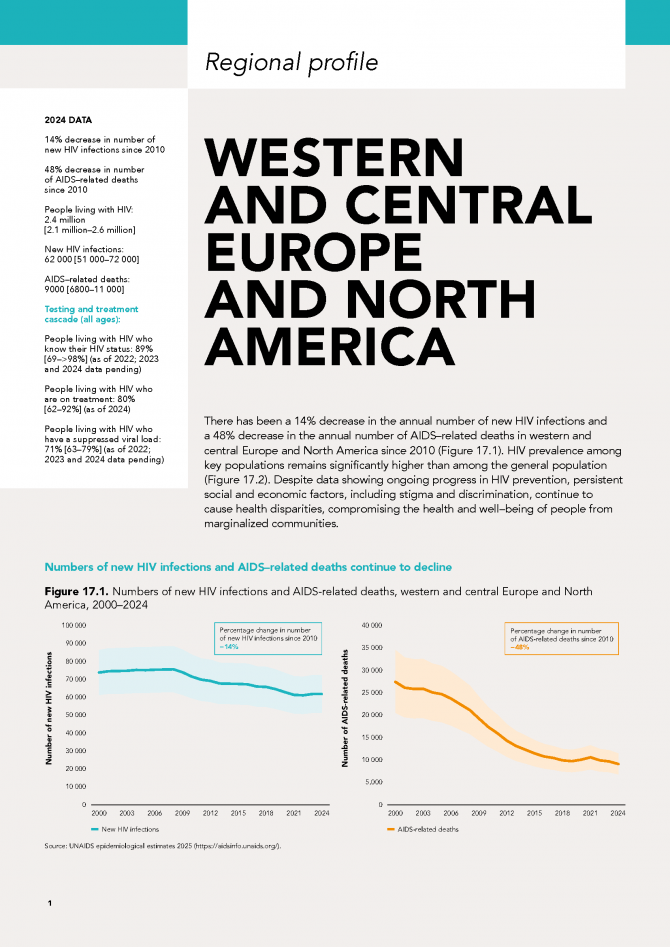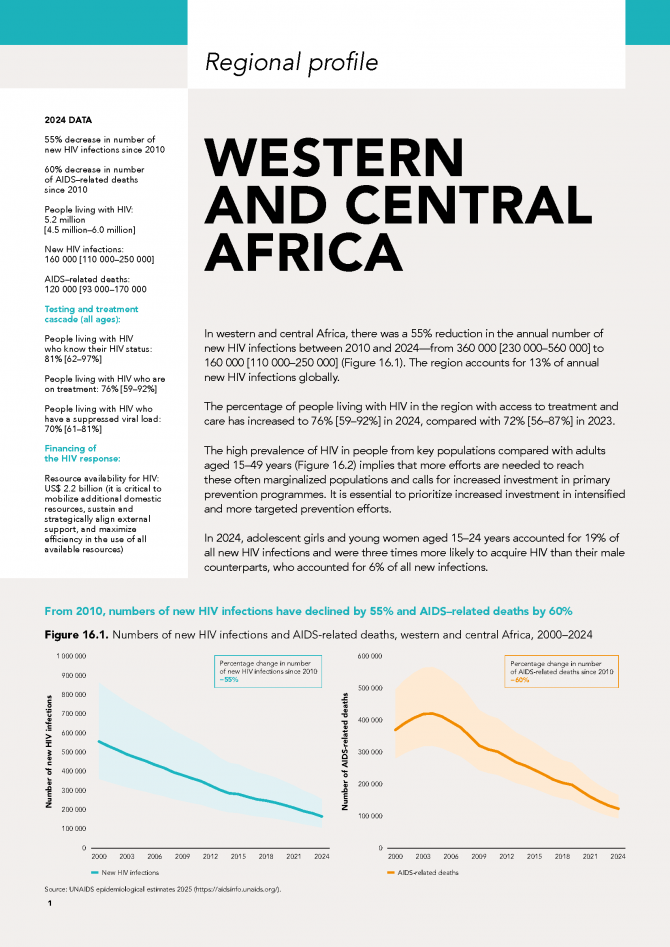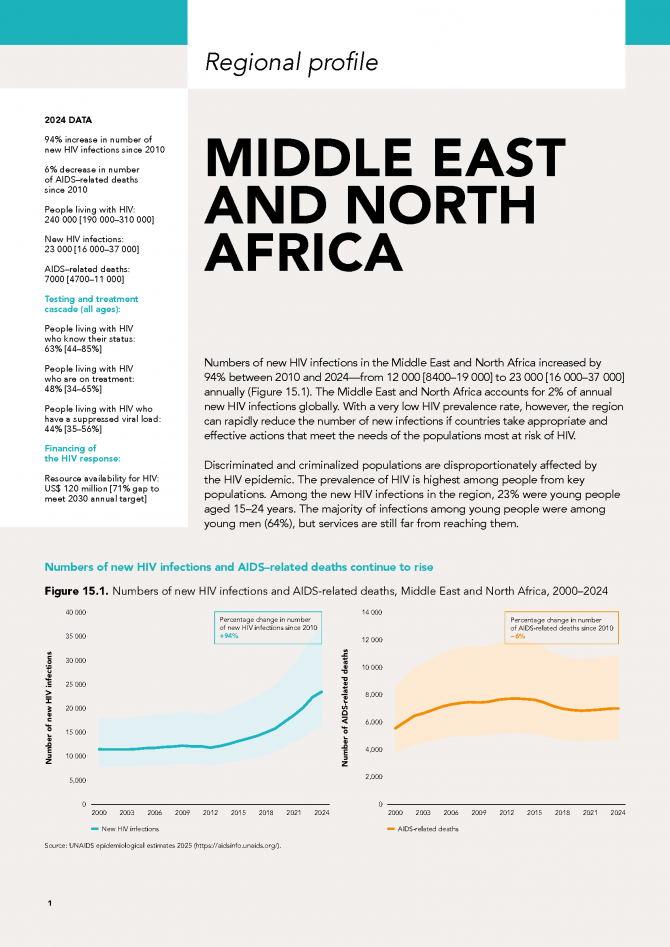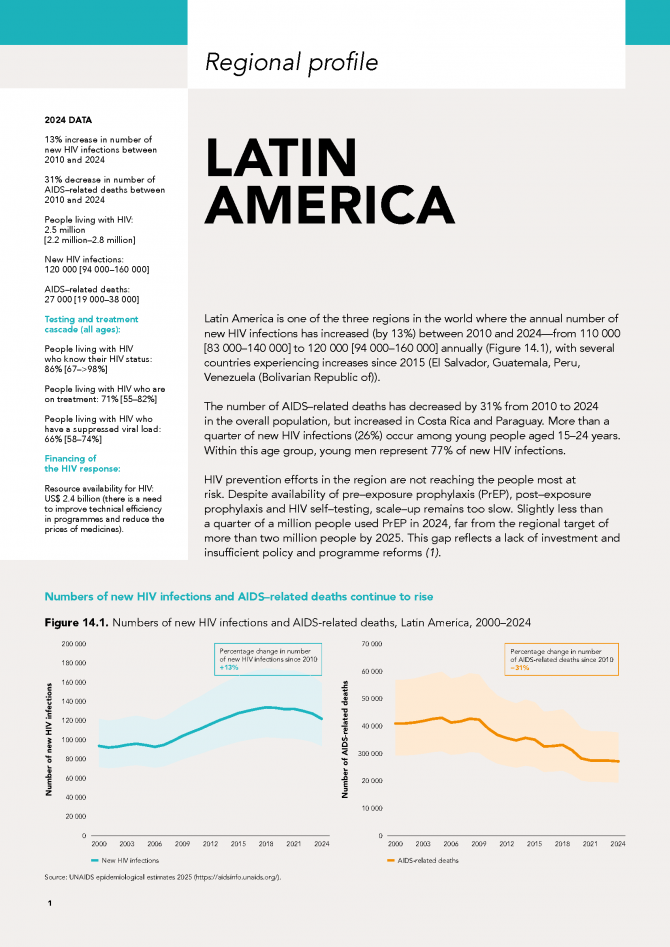

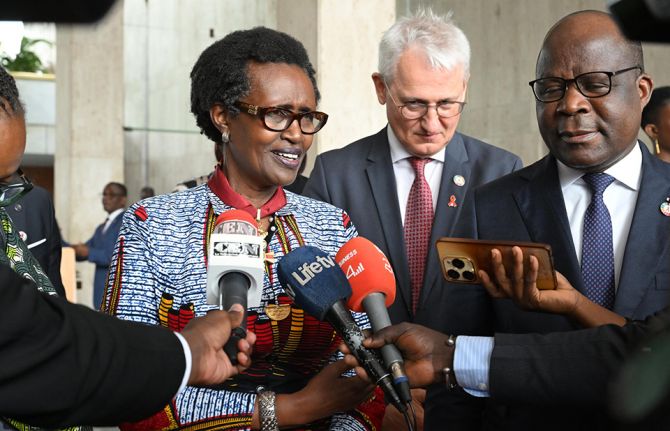
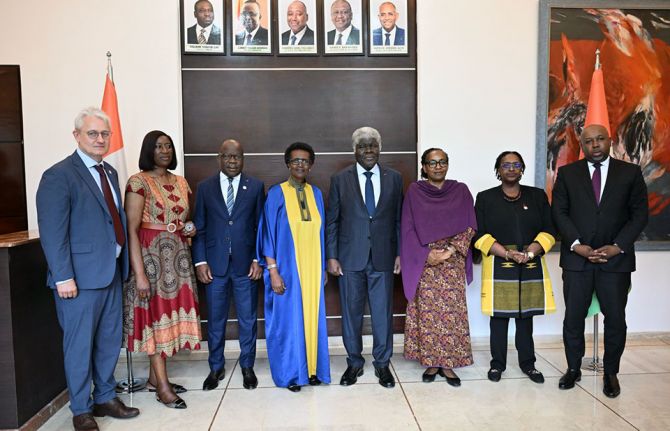
Press Release
UNAIDS commends Côte d’Ivoire’s commitment to increase domestic funding for HIV
24 July 2025 24 July 2025GENEVA/ABIDJAN, 24 July 2025—UNAIDS welcomes the announcement by the government of Côte d’Ivoire to close the funding gap for HIV following cuts from international donors. The Government has committed to invest US$ 60 to 65 million in 2025 and US$ 80 to 85 million from 2026 onwards to maintain critical lifesaving HIV services. These funds are essential to sustain and strengthen the quality of HIV services as part of a nationally owned and led effort to end AIDS in Côte d’Ivoire.
Côte d’Ivoire has been highly dependent on external donor funding for its response to HIV. This announcement represents a monumental shift towards country ownership for a sustainable, long-term commitment to prevent new HIV infections and ensure treatment for all people living with HIV. The government plans to raise the additional funds through increased taxes on goods such as alcohol and tobacco.
“I commend President Ouattara and the government of the Côte d’Ivoire for this bold announcement. It is a prime example of working creatively to ensure that HIV services are not interrupted amidst cuts to donor funding,” said Winnie Byanyima Executive Director of UNAIDS. “The commitment to increase domestic resources is an example to other countries facing funding cuts of how to be creative in mobilizing and allocating resources to ensure continued lifesaving HIV services.”
The government made the announcement during a three-day visit by Ms Byanyima to Côte d’Ivoire between 16 and 18 July. The government reaffirmed the critical role of civil society and communities in the national HIV response, including through domestic resource allocation to strengthen their contribution to the country’s HIV response. It also announced that it would transform the National AIDS Fund into a multi-disease fund, integrate HIV into Universal Health Coverage, primary health care and the broader health system.
Ms Byanyima met with the Prime Minister H.E. Robert Beugré Mambé who said, "Côte d’Ivoire has five priority challenges: women’s vulnerability to HIV and ensuring access to prevention for women and girls; enhancing prevention education for young people; addressing declining donor funding through domestic resources; local scientific research and strategic communication to inform, mobilize and save lives.” He also applauded the long-standing, strategic collaboration with UNAIDS saying, “Thanks to UNAIDS support, Côte d’Ivoire is winning the battle against HIV.”
During her visit, Ms Byanyima participated in the 10th national meeting of the National Programme of the Fight Against AIDS alongside Vice-President Tiémoko Meyliet Koné, who is also the chair of the programme. During the meeting, Ms Byanyima was honored with the title of Commander of the Order of Public Health, the highest distinction of merit in the field of health awarded by the President.
“The bold financial commitment made by Côte d’Ivoire is a powerful example of what political will and national leadership can achieve in the HIV response,” said Ms Byanyima. “Domestic financing is the cornerstone of sustainable health systems, and this decision sends a strong message of national ownership and resilience.”
Ms Byanyima also acknowledged the leadership and critical role of civil society and bilateral support by PEPFAR and international solidarity in the country’s HIV response.
Côte d’Ivoire has made significant progress against the AIDS pandemic, with new infections reduced from 25 000 in 2010 to 8200 in 2024, a fall of 66%. Since 2010, AIDS-related deaths have decreased by 75%, down from 34 000 to 8400 in 2024.
UNAIDS
The Joint United Nations Programme on HIV/AIDS (UNAIDS) leads and inspires the world to achieve its shared vision of zero new HIV infections, zero discrimination and zero AIDS-related deaths. UNAIDS unites the efforts of 11 UN organizations—UNHCR, UNICEF, WFP, UNDP, UNFPA, UNODC, UN Women, ILO, UNESCO, WHO and the World Bank—and works closely with global and national partners towards ending the AIDS epidemic by 2030 as part of the Sustainable Development Goals. Learn more at unaids.org and connect with us on Facebook, Twitter, Instagram and YouTube.
Region/country

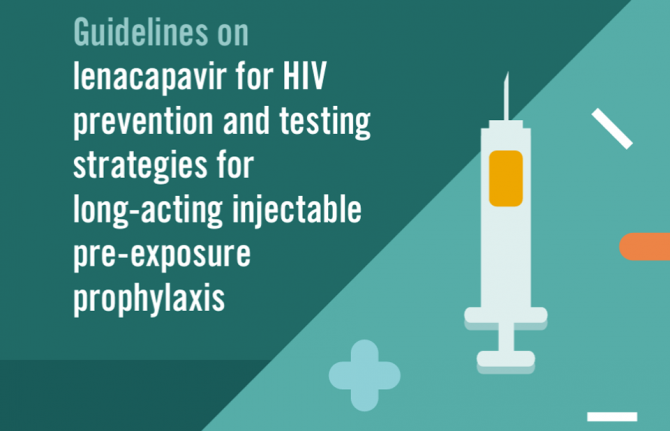
Press Statement
UNAIDS welcomes new WHO guidelines on Lenacapavir
15 July 2025 15 July 2025GENEVA, 15 July 2025–Lenacapavir–a long-acting, six-monthly injectable antiretroviral medicine manufactured by Gilead Sciences–is now recommended by the World Health Organization as an additional HIV prevention choice as part of combination HIV prevention approaches.
Lenacapavir, a new pre-exposure prophylaxis (PrEP) medicine, has the potential to increase the uptake of PrEP and bolster HIV prevention overall as it allows people to choose a method that they prefer. Lenacapvir, administered twice a year, is highly effective at reducing the risk of HIV acquisition.
At a time when funding cuts could lead to an additional 6 million HIV infections and 4 million AIDS-related deaths by 2029, long-acting injectable medicines are a fresh option for all people at risk for HIV--especially those who face higher risk and in locations where the virus is highly prevalent: adolescent women and girls, LGBTQI+ people, sex workers and people who use drugs.
As Gilead has not yet registered Lenacapavir for regulatory approval in all countries, many people, including those facing disproportionate risk for HIV, may have to wait longer than others to access this life-saving tool.
Transparency in production costs and pricing strategies is fundamental to removing some market barriers to universal access to innovative products. UNAIDS remains committed to ensuring full transparency from originator pharmaceutical companies regarding how much health technologies cost to produce and at what level they are priced. Lenacapavir is no exception. Research shows that Lenacapavir can be produced at a thousand times less than its US price. Dozens of developing countries have been excluded from the licenses for generic Lenacapavir and for cabotegravir (another long-acting injectable antiretroviral for HIV manufactured by ViiV Healthcare).
The volume of Lenacapavir must be scaled up – but to do so, we need accessibility and affordable prices. Lenacapvir’s limited availability and unaffordable price not only threatens lives, it also undermines the potential positive impact Lenacapavir could have on the AIDS pandemic. Significant funding cuts to foreign assistance for HIV have plunged the global response into crisis. In addition to viral suppression among people living with HIV, ensuring broad, rapid and affordable dissemination of this new health technology would hasten the decline of new HIV infection rates and would help limit the scope of the pandemic; essential, especially in a moment of constrained resources.
UNAIDS urges Gilead to swiftly register Lenacapavir for regulatory approval in all low- and middle-income countries - starting with those with the highest HIV incidence - and to ensure affordable access for everyone who could benefit, wherever they live. UNAIDS also encourages countries to prioritize prevention options that deliver impact and use simplified and differentiated delivery of prevention services to reach those in need.
There is no more time to waste. Governments, civil society, and the private sector need to take all steps necessary to enable equitable, global access to new health technologies for HIV such as Lenacapavir and Cabotegravir - and UNAIDS is here to support them.
UNAIDS
The Joint United Nations Programme on HIV/AIDS (UNAIDS) leads and inspires the world to achieve its shared vision of zero new HIV infections, zero discrimination and zero AIDS-related deaths. UNAIDS unites the efforts of 11 UN organizations—UNHCR, UNICEF, WFP, UNDP, UNFPA, UNODC, UN Women, ILO, UNESCO, WHO and the World Bank—and works closely with global and national partners towards ending the AIDS epidemic by 2030 as part of the Sustainable Development Goals. Learn more at unaids.org and connect with us on Facebook, Twitter, Instagram and YouTube.

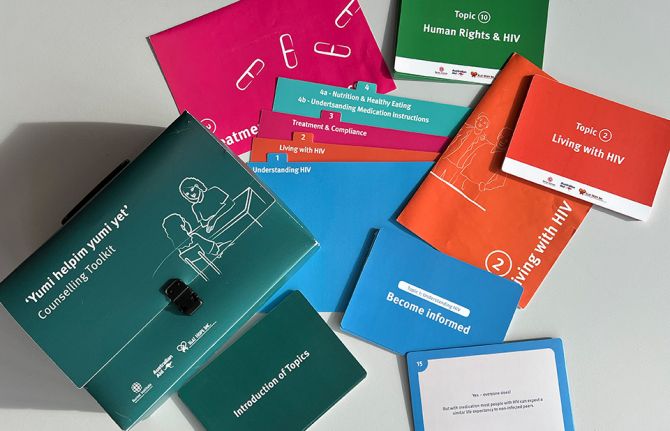
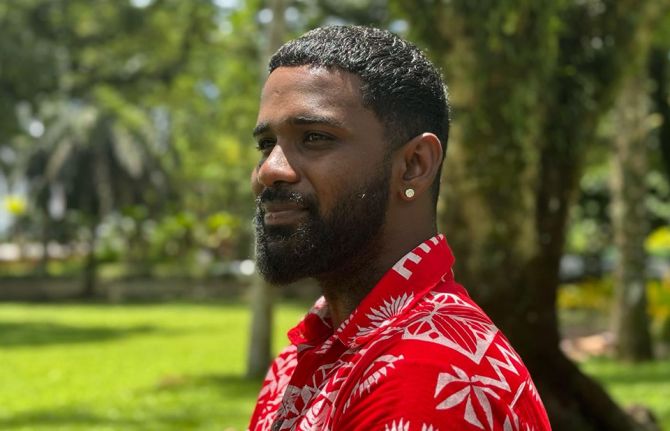
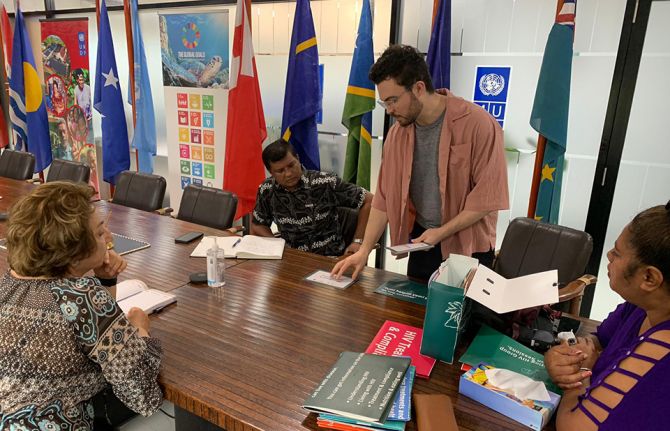
Feature Story
Crowdfunding for community-led services in Fiji’s fast growing HIV epidemic
14 July 2025
14 July 2025 14 July 2025“There is no such thing as peer support here,” says Mark Shaheel Lal, founder of Living Positive Fiji. “We are starting from zero.”
When other parts of the world were wrestling with soaring HIV rates during the 1990s and early 2000s, Fiji was hardly affected. With a population of under one million, HIV remained under the radar in the South Pacific island chain.
But there has been an exponential increase in recent years. Since 2014, the number of new HIV infections in Fiji has risen ten-fold. Last year the number of newly diagnosed people tripled from 2023 levels
In January the Government of Fiji declared an HIV outbreak in response to the sharp increase in new diagnoses. Although its HIV Surge Strategy seeks to rapidly expand HIV testing and treatment, most people still aren’t accessing the services they need.
Last year just a quarter of people living with HIV in Fiji were receiving antiretroviral therapy. Concerningly, a third of those who have been diagnosed are not on treatment.
Mr Lal is among a group of stakeholders that is working not only to spread the word that HIV medicines work, but to support people to access care. He is also among the few people living openly with HIV in Fiji.
“There is this idea that you come from a small island and everyone knows each other, so the stigma here is high. I want to help reduce that,” he explains.
Dean Cassano is a Senior International Health Project Officer at Burnet Institute, an Australian public health research organization with a focus on underserved communities.
“The intervention we are proposing is a community-led response and what that looks like is peers counselling other peers. Somebody living with HIV is enabled, trained and mentored with the skills and methodology to counsel other people living with HIV. The core objective is to improve treatment adherence,” Mr Cassano explains. “We know that when someone talks to a peer they can ask about misconceptions, fears, advice on how to have a baby or how to tell a partner. They would be getting holistic support, so they know there is a way through.”
At present, people who learn they are HIV-positive in Fiji are referred to one of three sexual health clinics. Many simply never show up.
“They are too embarrassed… too scared,” Mr Lal says.
The new approach would immediately introduce newly diagnosed people to a peer counsellor. Peer counsellors would also play a key role in supporting clients as they access treatment, contact tracing, and reaching out to those who have stopped coming to the clinic.
The Institute had worked on an HIV Peer Counselling Toolkit for neighboring Papua New Guinea (PNG) where new infections are also rising dramatically. Together with Igat Hope, PNG’s main people living with HIV organization, they developed culturally specific modules. The Australian Government funded this initiative as part of the Sexual Reproductive Health Integration Project.
“There are ten topics that someone newly diagnosed with HIV needs to know about how to live well,” Mr Cassano explains.
Burnet has collaborated with partners in Fiji to adapt the toolkit, for example including local specifics in sections on food and alcohol. Fiji requires an additional module on harm reduction. Among newly diagnosed people who are currently receiving antiretroviral therapy, half contracted HIV through injecting drug use.
Now comes the next step—mobilizing and training these peer counselors. With no resources immediately available, the partners raised more than AUD$146000 through a crowdfunding campaign which ended in June. Now the training begins.
“This began as a result of us seeing a need and hearing from local partners that they want this but realizing that there is no money. The long-term plan is that this peer support is embedded into the national HIV response and is a core tenet for post-diagnosis support. Our hope is that it is sustained but first it must start,” Mr Cassano said.

